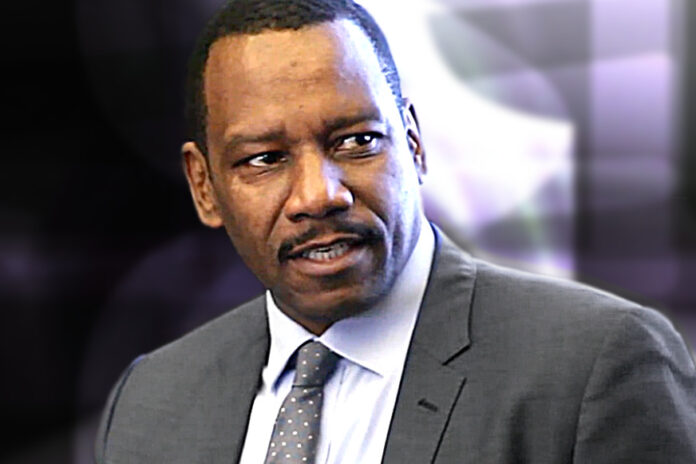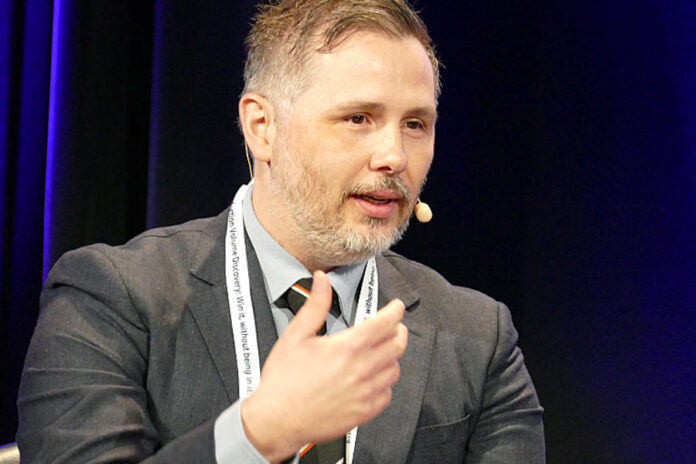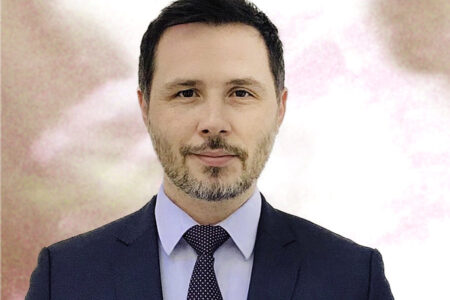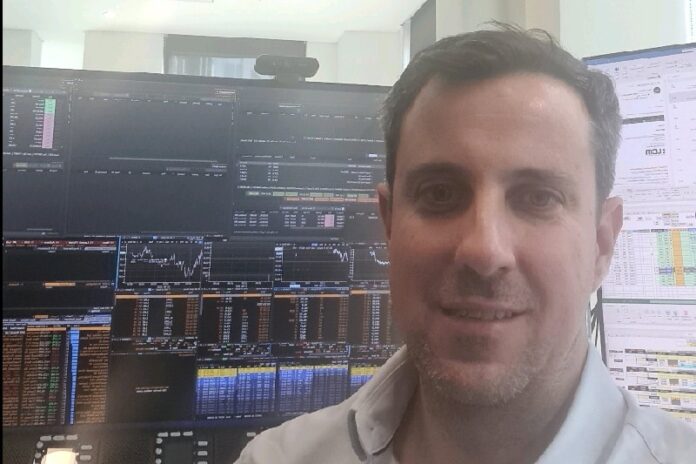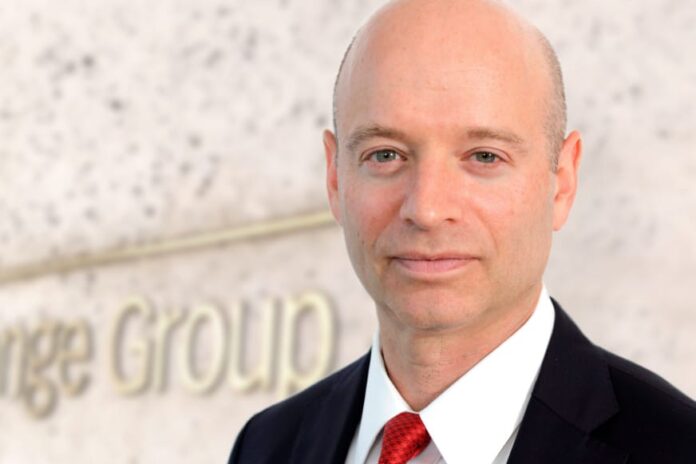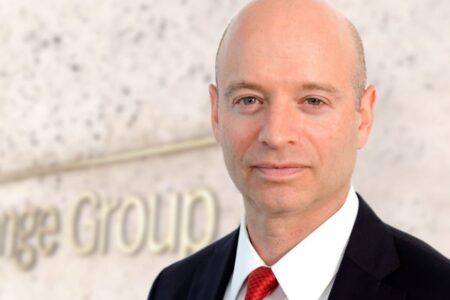Private capital assets could be valued at more than US$21 trillion globally by 2030, according to recent research from fund regulation and governance solutions provider Carne Group. This would be a 62% increase from current valuations, which are estimated to be approximately US$13.01 trillion.
This growth has been driven by the democratisation of private assets over recent years, the report claimed, with allocations from defined contributions (DC) pension schemes and wealth managers on the rise. Within this group, DC schemes anticipated their sector’s level of investment into private markets to grow by approximately 10% over the next three years. Wealth managers expected private markets investments to account for 11% of the sector’s AUM by 2023 – up from 2021’s more conservative 5% estimate.
The Association for Financial Markets in Europe (AFME)’s managing director of high yield and equity markets, Gary Simmons, acknowledged the development of this space. “We have seen this market grow substantially in recent years and we welcome the recognition of its growing role in the capital markets ecosystem and desire to support the needs of private companies,” he stated.
READ MORE: Positive PISCES response from AFME and UK Finance
The comment was made in response to HM Treasury’s consultation paper on its Private Intermittent Securities and Capital Exchange System (PISCES) project, initially announced as part of the Edinburgh Reforms in 2022.
PISCES is designed to allow private companies to trade securities within a controlled, public environment, providing a regulatory framework to allow company shares to be traded on an intermittent basis. It is, according to Simmons, “an important addition to the market framework”.
At FIX earlier this year, Jessica Morrison, head of market structure and quantitative analytics for capital markets at the London Stock Exchange Group, discussed the importance of the project further. “UK companies who’ve started and been homegrown here will be able to get broader access to investments pre-IPO, with the hopes that this builds that relationship and familiarity with the exchange,” she explained to Global Trading. The longer-term intention here is that “when they come to publicly list, London will be a destination of choice”.
READ MORE: From the floor at FIX: Jessica Morrison of LSEG explains her new role
Private markets offer the potential of greater risk-adjusted returns and enable growth in alternative asset classes, the report stated, while 98% of DC schemes and 96% of wealth managers shared the belief that private markets can facilitate a greater ESG impact than their public counterparts.
However, although sustainability credentials support growth in alternative asset classes, 77% of asset managers polled stated that ESG regulation presents a ‘deterrent’ to participating in European markets.
Regardless, close to nine-tenths of wealth managers stated their expectations that in Europe and the UK their sector will increase private markets investments over the next three years as a result of opportunities in long-term asset funds (LTAFs) and European long-term investment funds (ELTIFs). A further 28% believe that this increase will be ‘dramatic’.
Similar results were seen in DC schemes, with 78% expecting increased use of LTAF and ELTIF structures and 31% anticipating a dramatic rise.
With these opportunities in mind, 94% of UK-based fund managers shared that they are currently participating in European markets. The final 6% stated that they intend to do so within the next two years. In the US, 88% of fund managers surveyed are currently raising capital for private market funds in Europe. Of the remainder, half have plans to do so.
In both regions, regulation was identified as a barrier to successful fundraising. Just over three-quarters (78%) of US managers find EU regulations more complex than their US equivalents, and 68% expect navigating them to become more complex going forwards.
In the UK, regulatory complexity presents a commercial challenge. 68% believe they will be spending between 25% and 50% more on regulatory compliance resources over the next two years.
To combat these challenges, Carne Group noted a high uptake of outsourcing across investment managers. A total of 87% expect to increase their use of the strategy over the next five years, with close to half of UK managers (48%) and almost a quarter of US managers (24%) citing regulatory risk as a contributing factor to the decision. Speed to market, the ability to launch different product sets and enhanced reporting transparency were also recorded as incentives to outsource.
Currently, alternative investment fund managers (AIFMs) are the most popular method for capital raising in Europe. More than half (60%) of US managers have opted for this strategy to enter European markets; cheaper than setting up a new regulated entity, the method also outsources responsibilities around rusk management, governance, oversight and compliance.
The study polled 201 investors with a combined US$1.93 trillion in assets under management.
©Markets Media Europe 2024

